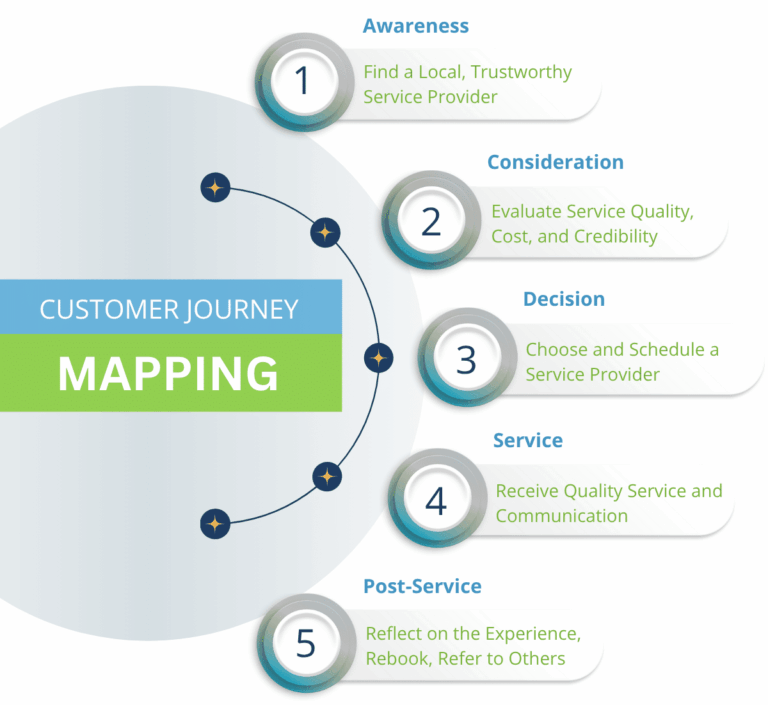Monitoring the number of web pages on your site that are indexed by Google and Bing is a good way to ensure your web pages are being found by the search engines.
Google’s Indexed Pages Tool
To view the number of web pages indexed by Google, go to google.com and type in “site:your-domain-name.com”, press the search icon, and a list of indexed pages for your site will appear.

Bing’s Indexed Pages Tool
To see the number of indexed pages in Bing, go to bing.com and type in the same url: “site:your-domain-name.com”. The number of indexed pages may vary between Google and Bing.

Using these indexing tools is useful for several reasons:
- If your web site has 100 pages but only 5 are indexed, you have an opportunity to identify which pages need to be optimized for the search engines.
- You can view how the title, description tags, and the web pages’ urls are appearing in the search engines.
- You can identify gaps in the number of indexed pages. For instance, Google may have 50 of your web site’s pages indexed, whereas Bing may only have five.
What About Yahoo!?
Yahoo! gets its search results from Bing. So, what appears in Bing will appear the same in Yahoo!.
What if None of Your Web Site’s Pages are Indexed?
If none of your site’s web pages are being indexed, check your site’s robots.txt file. This file, located in the root of your website, tells crawlers which directories can or cannot be crawled. Make sure it’s current for your site so that you don’t accidentally block Google’s and Bing’s crawlers.
The problem may also lie elsewhere. Your site’s pages may not be “readable”. Or, there are so few links to your site’s web pages, that the search engines haven’t found your site or consider it unimportant. This is where search engine optimization on your site comes into play and can help to increase the number of indexed pages.






